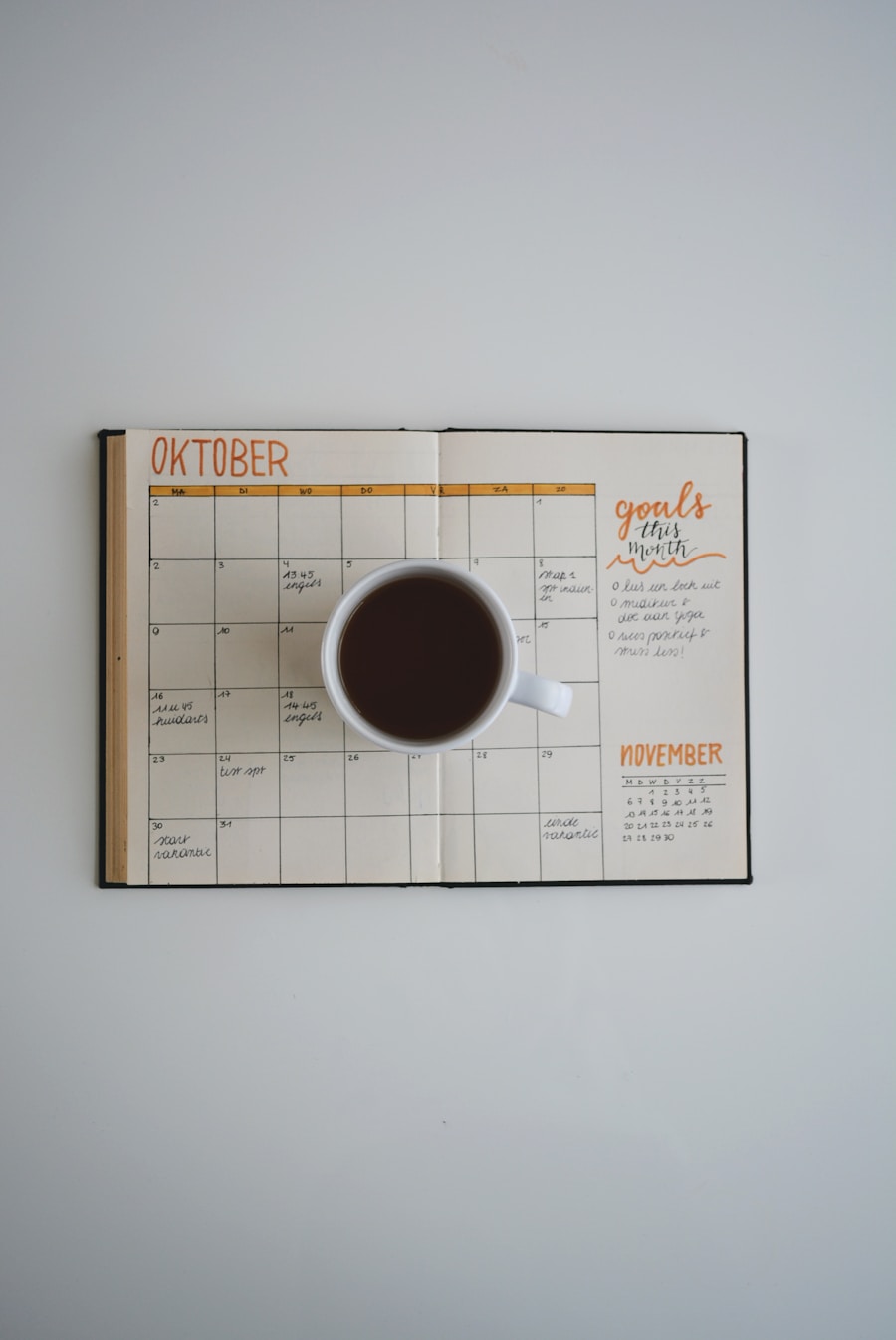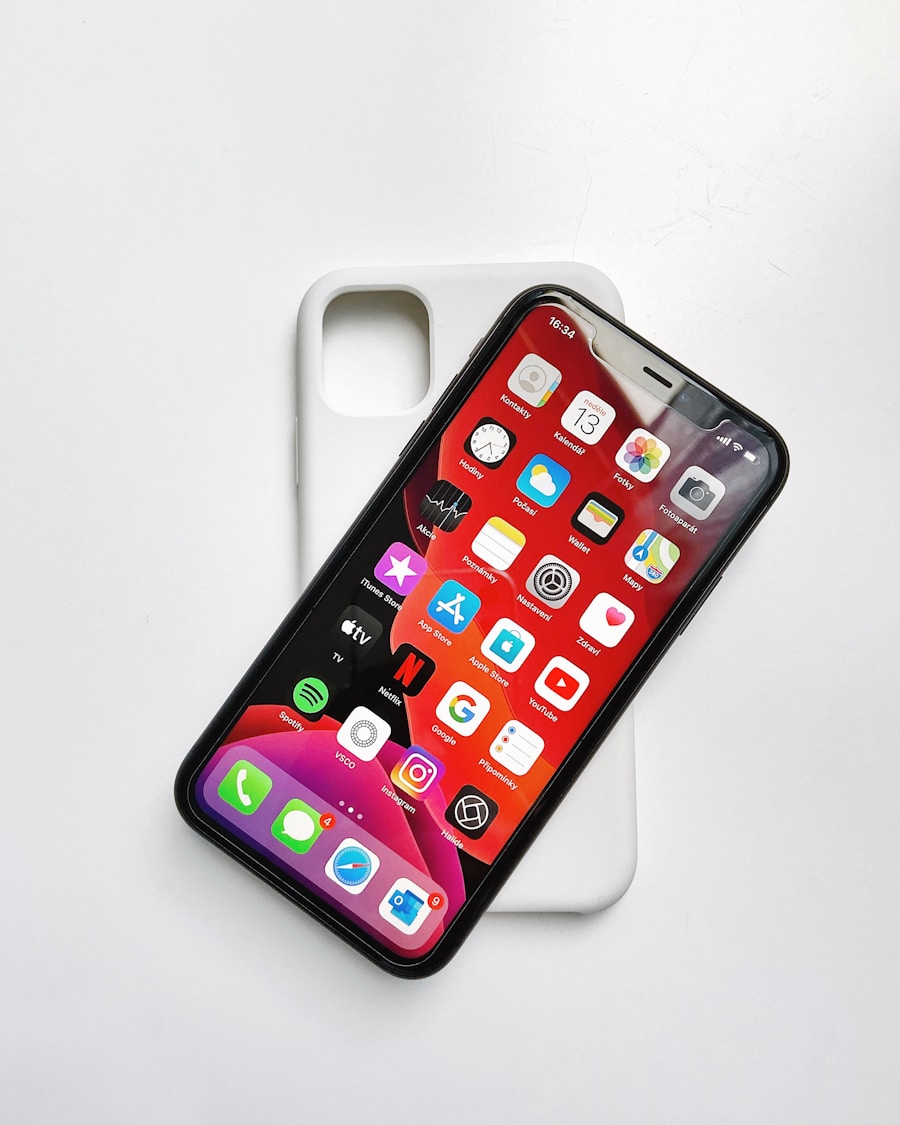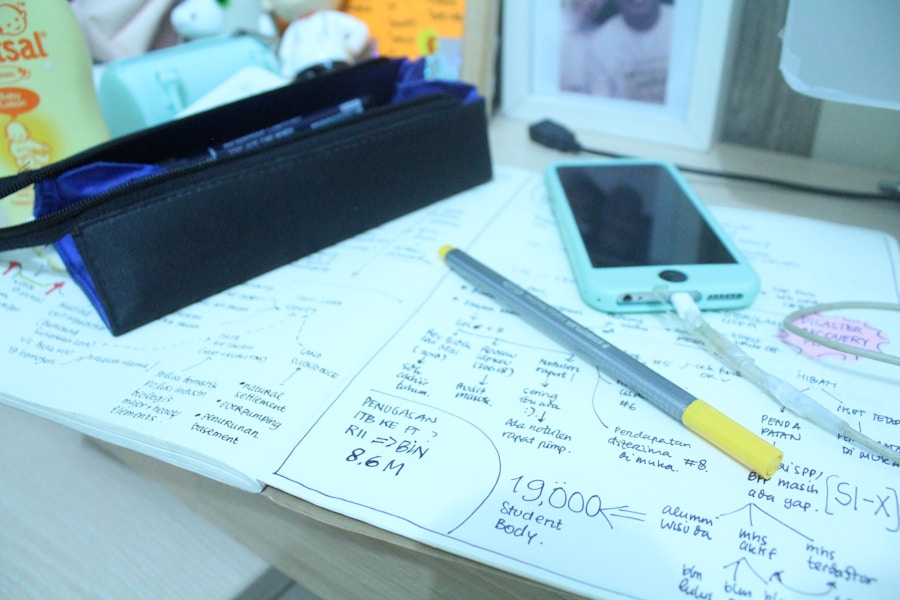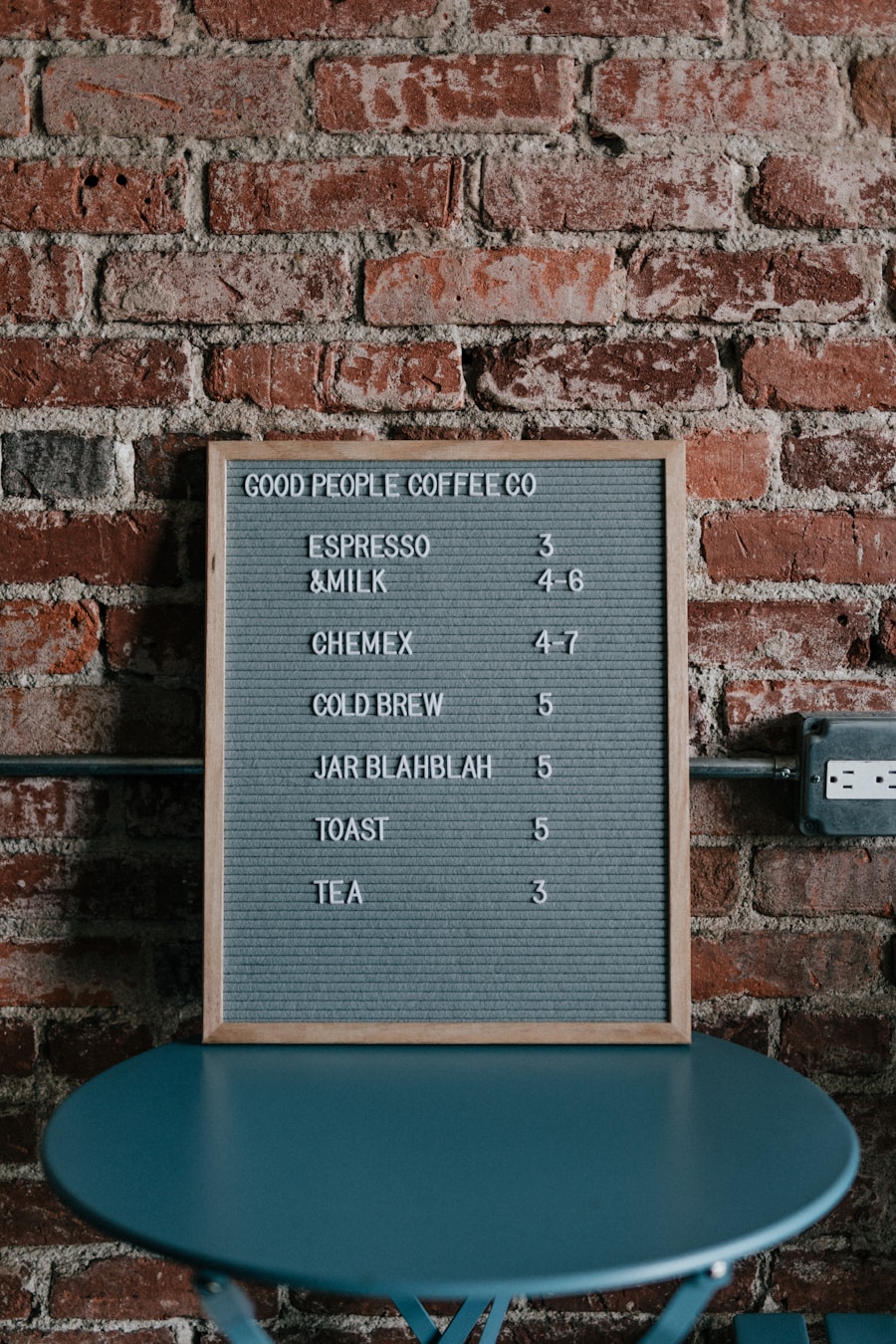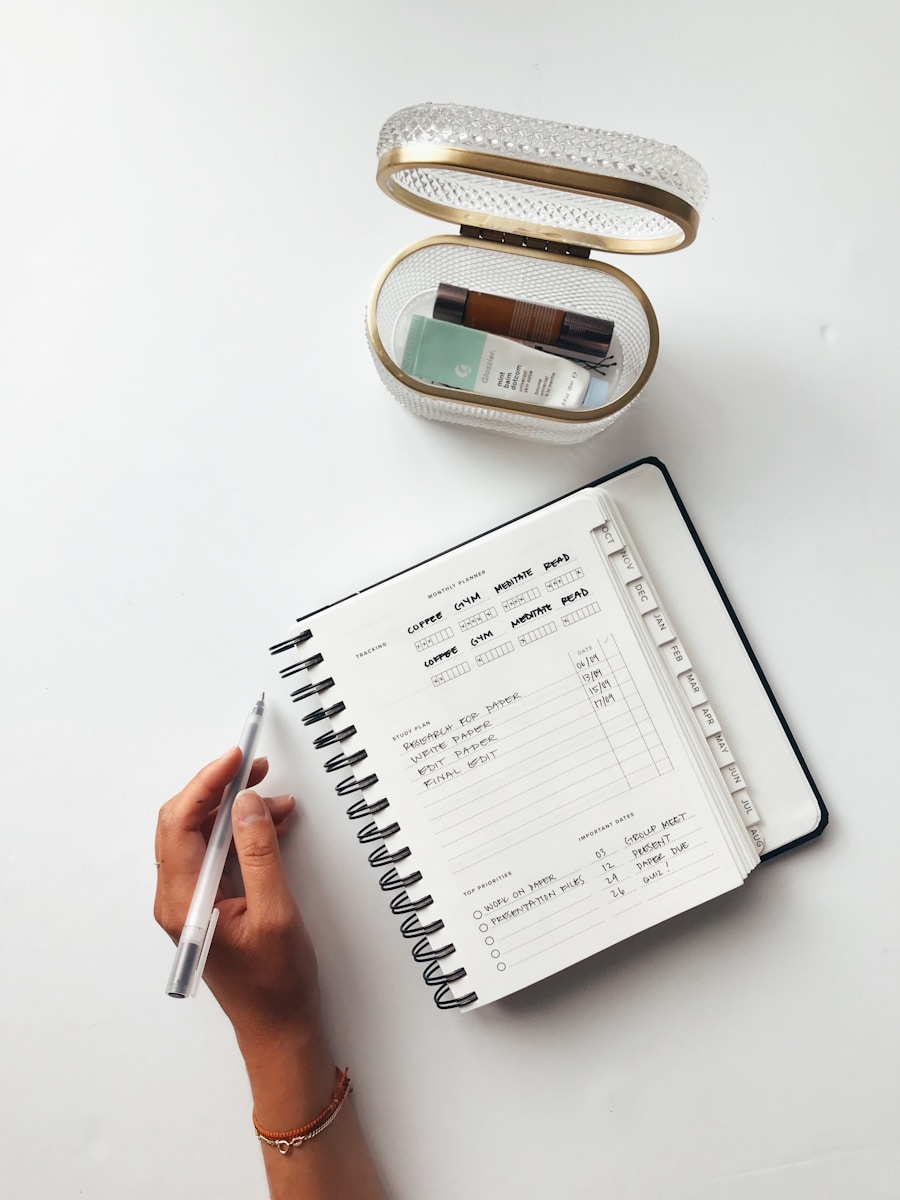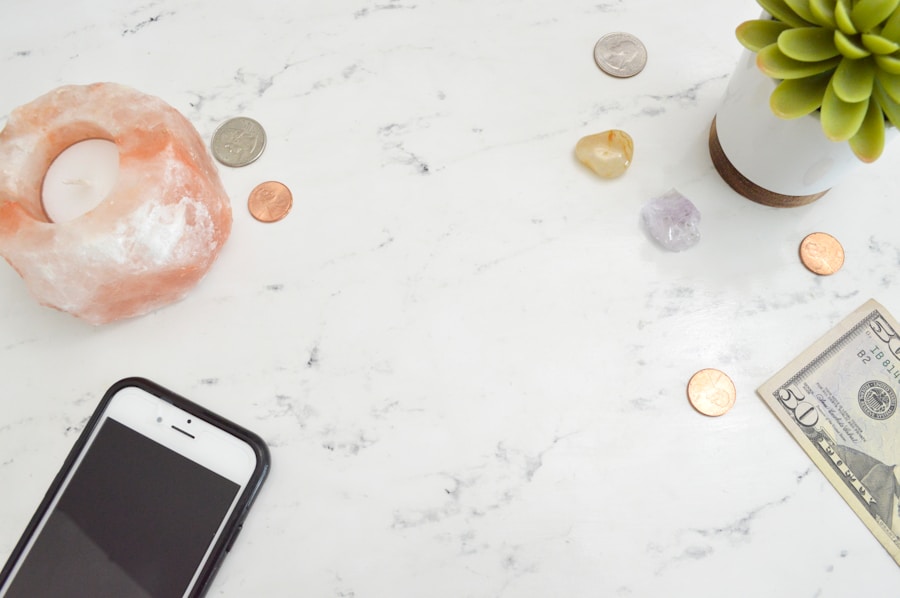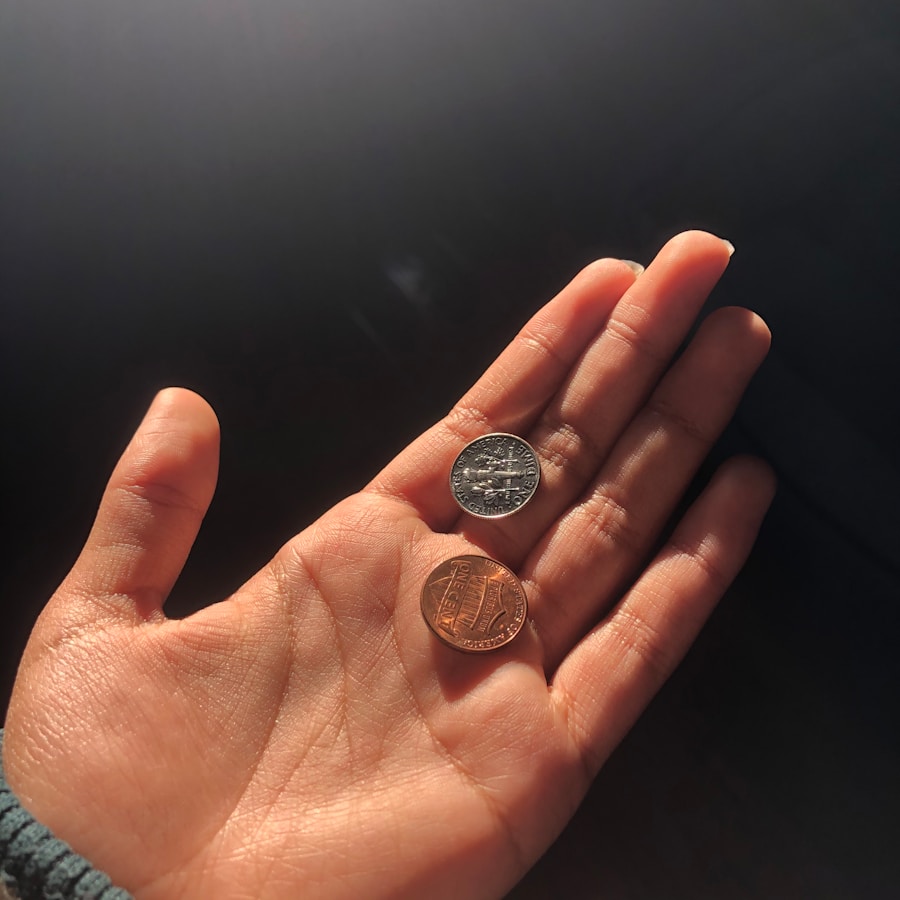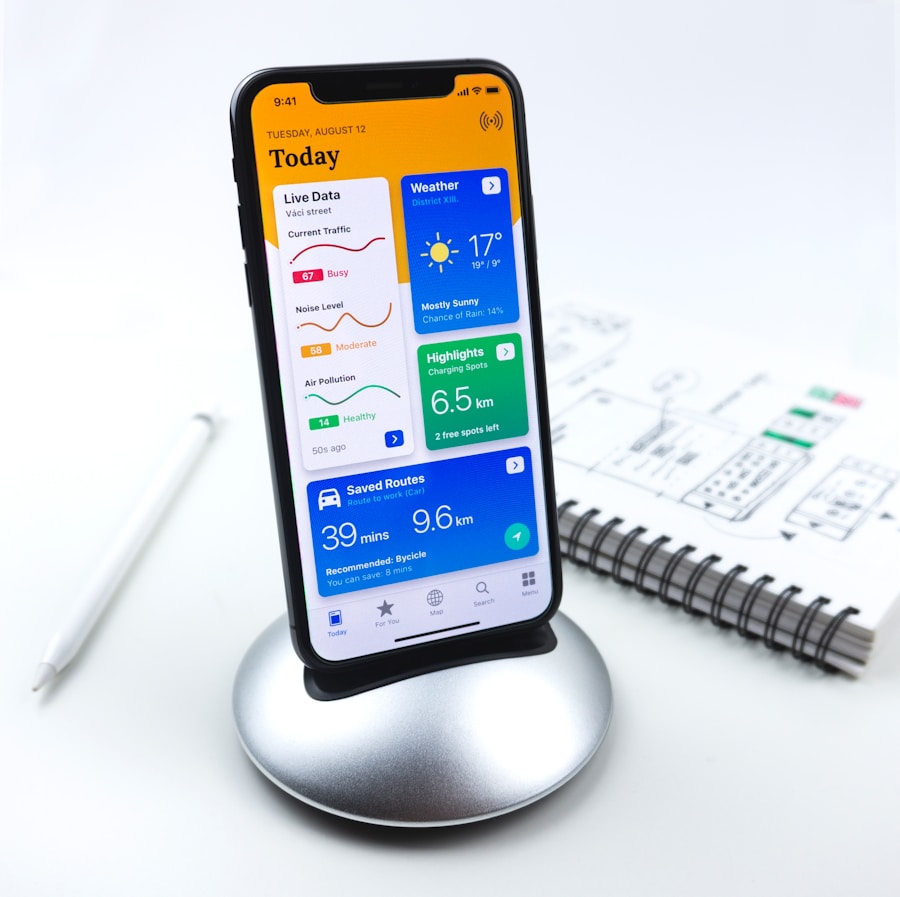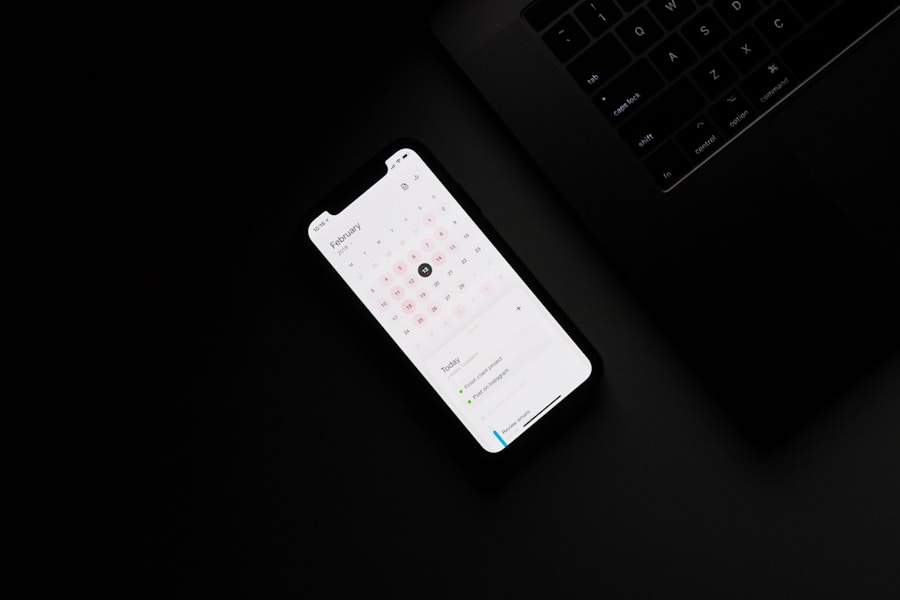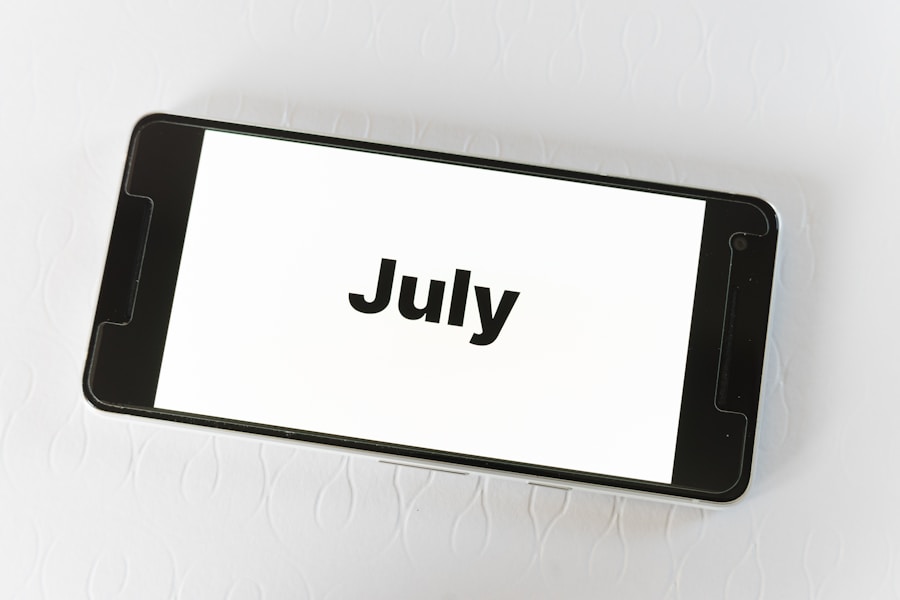Reddit Budget Planner is a community-driven tool designed to assist individuals in managing their finances more effectively. It leverages the collective knowledge and experience of Reddit users, providing a platform where people can share budgeting strategies, tools, and templates. The essence of the Reddit Budget Planner lies in its collaborative nature; users can contribute their insights, ask questions, and receive feedback from a diverse group of individuals who may have faced similar financial challenges.
This unique approach not only democratizes financial planning but also fosters a sense of community among users who are all striving for better financial health. At its core, the Reddit Budget Planner is not just a static tool; it evolves based on user input and the changing landscape of personal finance. Users can find various budgeting methods, from the popular zero-based budgeting to the envelope system, and adapt them to their unique circumstances.
The platform often features discussions on financial literacy, investment strategies, and debt management, making it a comprehensive resource for anyone looking to improve their financial situation. By tapping into the vast reservoir of knowledge available on Reddit, users can gain insights that they might not find in traditional budgeting software or financial advice columns.
Key Takeaways
- Reddit Budget Planner is a free online tool designed to help users track their expenses, set financial goals, and create a personalized budget.
- To use Reddit Budget Planner, simply sign up for a Reddit account, visit the Budget Planner subreddit, and access the tool through the provided link.
- The benefits of using Reddit Budget Planner include its user-friendly interface, customizable budget categories, and the ability to receive feedback and support from the Reddit community.
- Tips for maximizing Reddit Budget Planner include regularly updating your expenses, setting realistic financial goals, and actively participating in the Budget Planner subreddit for advice and motivation.
- Common mistakes to avoid when using Reddit Budget Planner include neglecting to track small expenses, setting unrealistic budget limits, and not seeking help from the Reddit community when needed.
How to Use Reddit Budget Planner
Using the Reddit Budget Planner involves several steps that can be tailored to individual needs. First, users should familiarize themselves with the various subreddits dedicated to budgeting and personal finance, such as r/personalfinance or r/budget. These communities are rich with resources, including budgeting templates, spreadsheets, and discussions about different financial strategies.
Users can start by browsing through existing posts to gather ideas and inspiration for their own budgeting approach. Once users have gathered information, they can create their own budget plan. This typically involves listing all sources of income and categorizing expenses into fixed and variable costs.
Many users find it helpful to use spreadsheets or budgeting apps that integrate with their bank accounts for real-time tracking. The Reddit community often shares templates that can be easily modified to suit personal preferences. After setting up the initial budget, users are encouraged to regularly review and adjust their plans based on actual spending patterns and changing financial goals.
Engaging with the community by sharing progress or asking for advice can also enhance the budgeting experience.
Benefits of Using Reddit Budget Planner
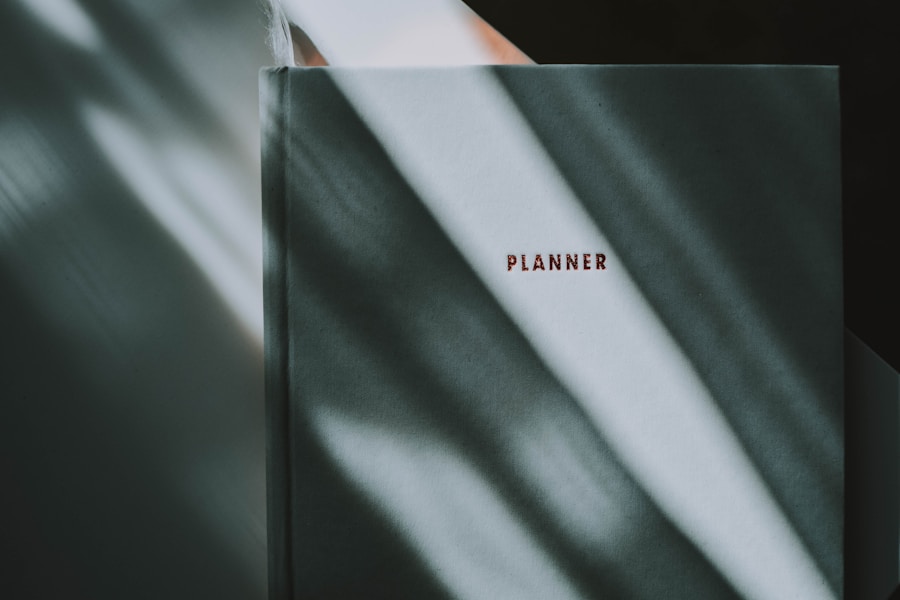
One of the primary benefits of using the Reddit Budget Planner is the wealth of knowledge available from a diverse user base. Unlike traditional budgeting tools that may offer generic advice, Reddit allows users to tap into real-life experiences and practical tips from individuals who have successfully navigated similar financial situations. This peer-to-peer support can be invaluable for those who feel overwhelmed by their finances or unsure about where to start.
The community aspect fosters accountability, as users often share their goals and progress, encouraging others to stay committed to their budgeting journey. Another significant advantage is the adaptability of the Reddit Budget Planner. Users can find various budgeting methods that resonate with their personal styles and financial situations.
Whether someone prefers a minimalist approach or a more detailed breakdown of expenses, there are countless examples and templates available for customization. This flexibility allows individuals to experiment with different strategies until they find one that works best for them. Additionally, the platform is continuously updated with new ideas and trends in personal finance, ensuring that users have access to the latest information and techniques.
Tips for Maximizing Reddit Budget Planner
To get the most out of the Reddit Budget Planner, users should actively engage with the community. This means not only consuming content but also contributing by sharing personal experiences, asking questions, and providing feedback on others’ posts. By participating in discussions, users can gain deeper insights into various budgeting strategies and learn from the successes and failures of others.
Engaging with fellow users can also provide motivation and encouragement, which is crucial for maintaining long-term financial discipline. Another effective strategy is to set specific financial goals before diving into budgeting. Whether it’s saving for a vacation, paying off debt, or building an emergency fund, having clear objectives can guide users in creating a budget that aligns with their aspirations.
Users should regularly revisit these goals and adjust their budgets accordingly to ensure they remain on track. Additionally, utilizing tools like spreadsheets or budgeting apps that allow for easy tracking of income and expenses can enhance the overall budgeting experience. Many users on Reddit share their favorite tools and apps, providing recommendations based on personal success stories.
Common Mistakes to Avoid When Using Reddit Budget Planner
While the Reddit Budget Planner offers numerous advantages, there are common pitfalls that users should be aware of to avoid frustration and setbacks in their financial journey. One frequent mistake is failing to account for irregular expenses. Many individuals focus solely on fixed monthly costs like rent or utilities while neglecting variable expenses such as car maintenance or annual subscriptions.
This oversight can lead to budget shortfalls when these expenses arise unexpectedly. To mitigate this risk, users should create a separate category for irregular expenses and allocate funds accordingly. Another common error is setting unrealistic expectations regarding spending habits.
Some users may create overly restrictive budgets that are difficult to adhere to over time. This can lead to feelings of deprivation and ultimately result in abandoning the budget altogether. Instead, it’s essential to strike a balance between frugality and enjoying life’s little pleasures.
Users should allow for discretionary spending within their budgets while still prioritizing savings and debt repayment. Engaging with the Reddit community can provide valuable perspectives on finding this balance, as many users share their own experiences with trial and error.
How Reddit Budget Planner Compares to Other Budgeting Tools

When comparing the Reddit Budget Planner to other budgeting tools available in the market, several key differences emerge. Traditional budgeting software often comes with a price tag and may offer limited customization options based on pre-set templates. In contrast, the Reddit Budget Planner is entirely free and relies on user-generated content that reflects a wide range of financial situations and preferences.
This grassroots approach allows for greater flexibility in adapting budgeting methods to individual needs. Moreover, while many budgeting apps focus solely on tracking expenses or providing analytics, the Reddit Budget Planner emphasizes community engagement and shared learning experiences. Users benefit from real-time discussions about financial strategies, tips for saving money, and insights into investment opportunities that may not be available through conventional tools.
This collaborative environment fosters a sense of belonging among users who are all working towards similar goals, making it a unique alternative in the realm of personal finance management.
Community and Support on Reddit Budget Planner
The community aspect of the Reddit Budget Planner is one of its most compelling features. Users can find support from individuals who understand the challenges of managing finances in today’s economic climate. Subreddits dedicated to personal finance often host discussions where members share their successes, setbacks, and lessons learned along the way.
This open dialogue creates an environment where users feel comfortable seeking advice without fear of judgment. Additionally, many experienced members actively mentor newcomers by providing guidance on how to navigate budgeting challenges effectively. This mentorship can take various forms, from answering specific questions about budgeting techniques to offering emotional support during difficult financial times.
The sense of camaraderie within these communities often leads to lasting friendships as members bond over shared experiences and goals. The encouragement received from fellow users can be a powerful motivator for individuals striving to improve their financial literacy and achieve their objectives.
Future Developments and Updates for Reddit Budget Planner
As personal finance continues to evolve alongside technological advancements, the Reddit Budget Planner is likely to undergo significant developments in response to user needs and preferences. One potential area for growth is the integration of artificial intelligence (AI) tools that could provide personalized budgeting recommendations based on individual spending habits and financial goals. Such innovations could enhance user experience by offering tailored insights that help individuals make informed decisions about their finances.
Moreover, as more people turn to online communities for support in managing their finances, there may be an increased emphasis on educational content within the Reddit Budget Planner framework. This could include webinars, workshops, or even collaborative projects aimed at improving financial literacy among users. By fostering an environment where learning is prioritized alongside practical budgeting strategies, the Reddit Budget Planner could solidify its position as a leading resource for individuals seeking to take control of their financial futures.
In conclusion, the Reddit Budget Planner stands out as a unique tool that combines community engagement with practical budgeting strategies. By leveraging user-generated content and fostering collaboration among members, it offers an adaptable approach to personal finance management that resonates with a diverse audience seeking financial stability and growth.
If you are looking for a budget planner that is easy to use and fits your specific needs, you may want to check out Valapoint’s article on the best easy budget planner for your needs. This article provides valuable information on different budget planners available and how to choose the right one for you. Additionally, if you prefer using a digital budget tracker, you can also explore their article on getting a free budget tracker for GoodNotes. For those looking to save money and track their expenses more efficiently, Valapoint also offers insights on the best savings app to help you reach your financial goals. Overall, these resources can be valuable tools in helping you manage your finances effectively. Source




